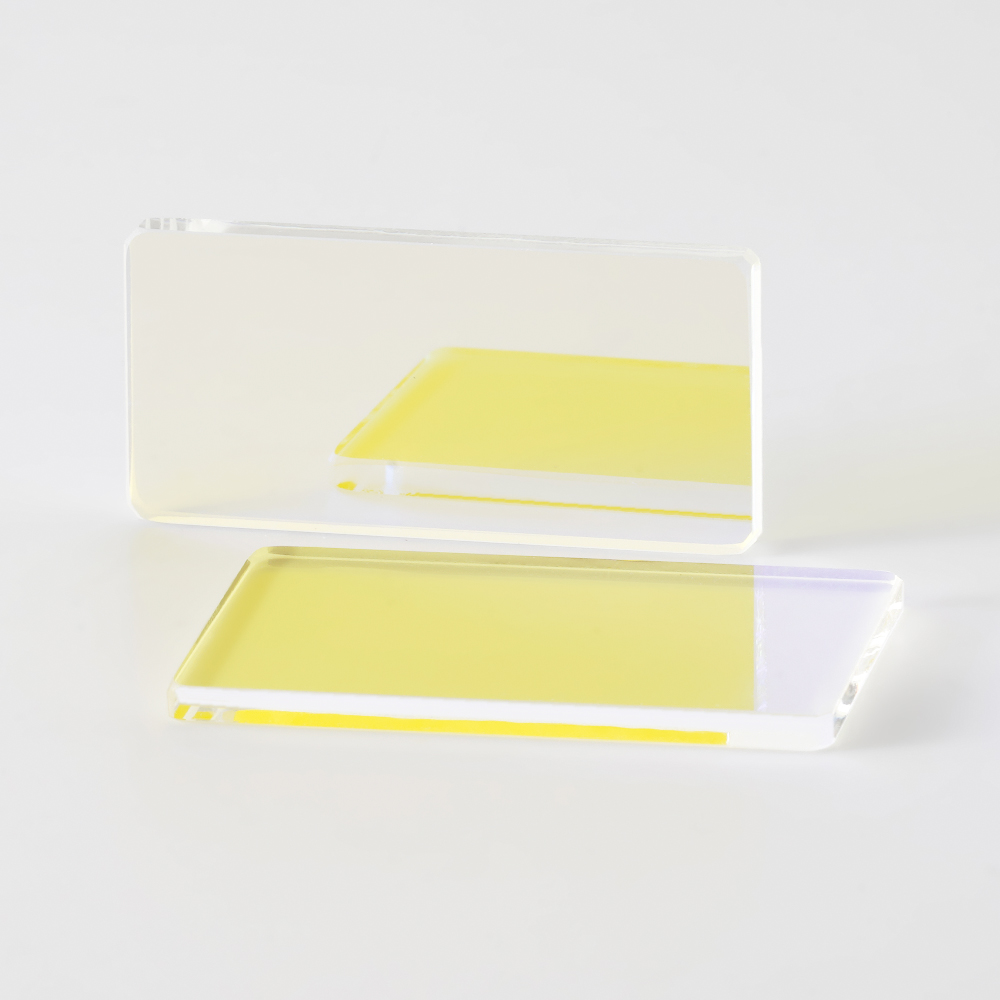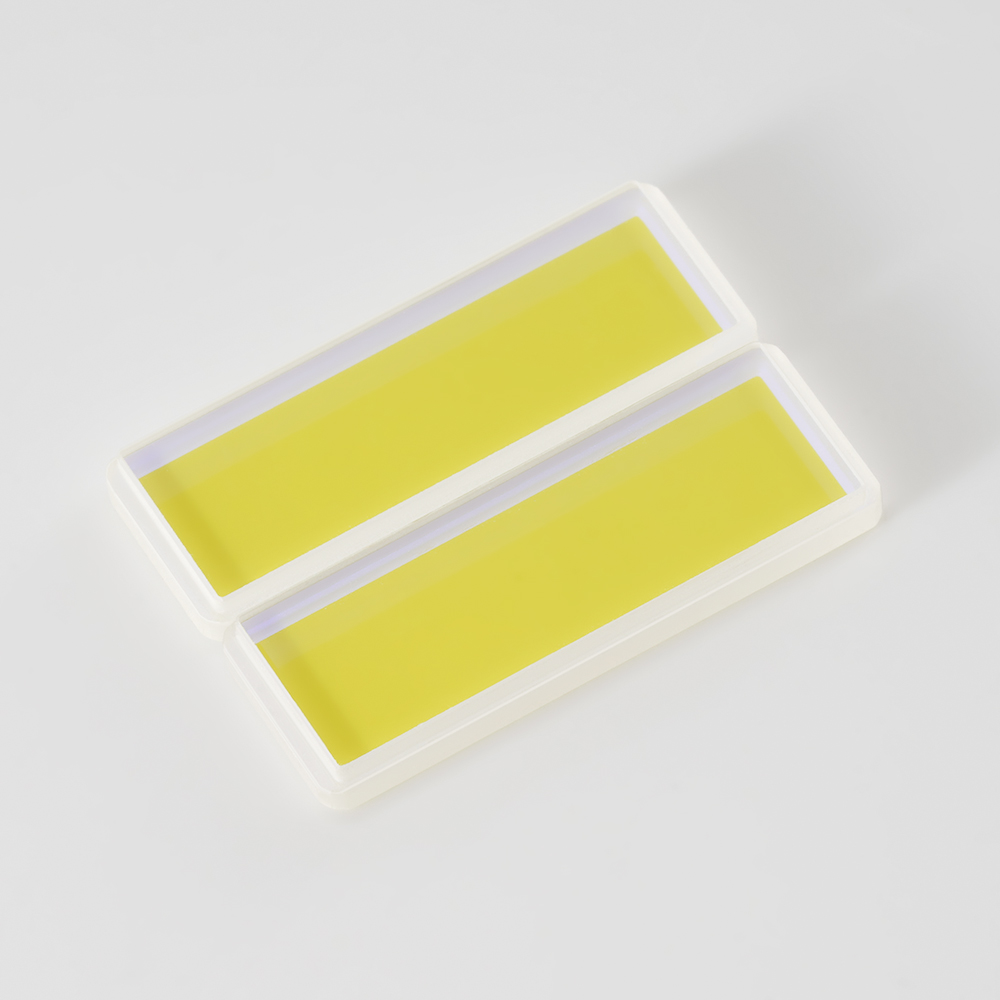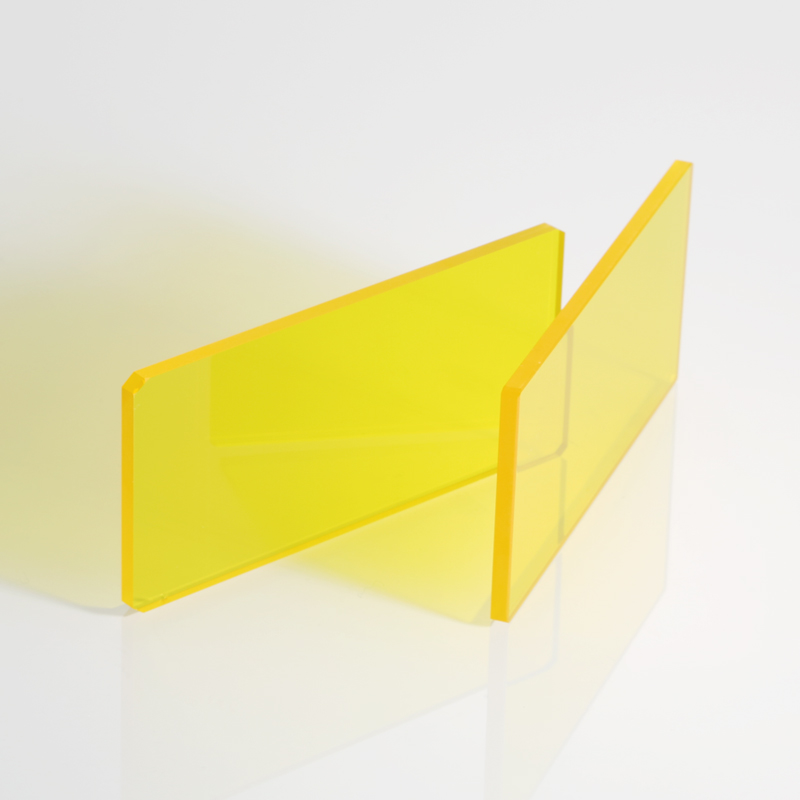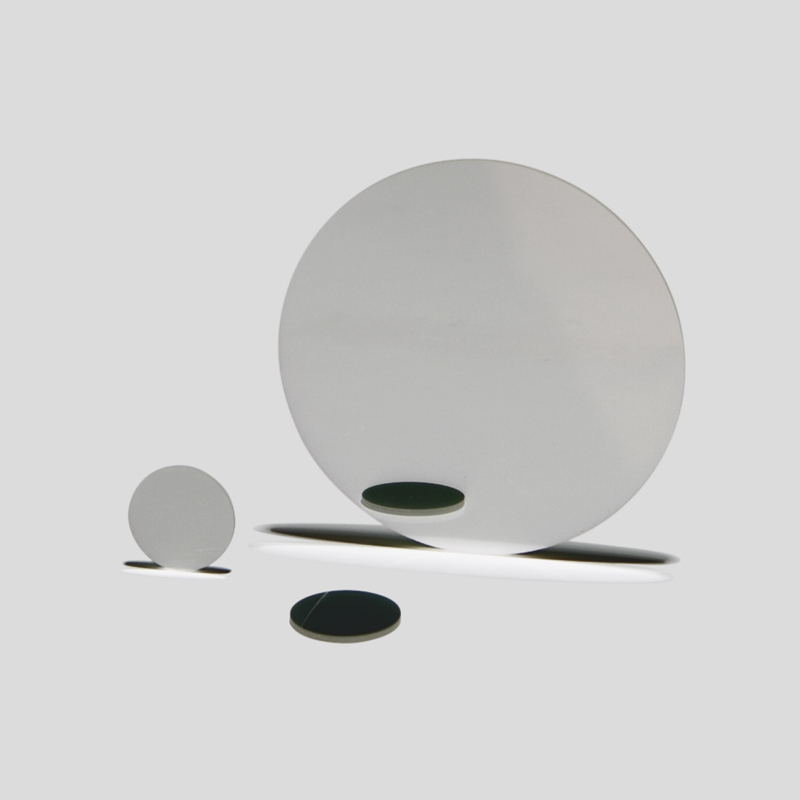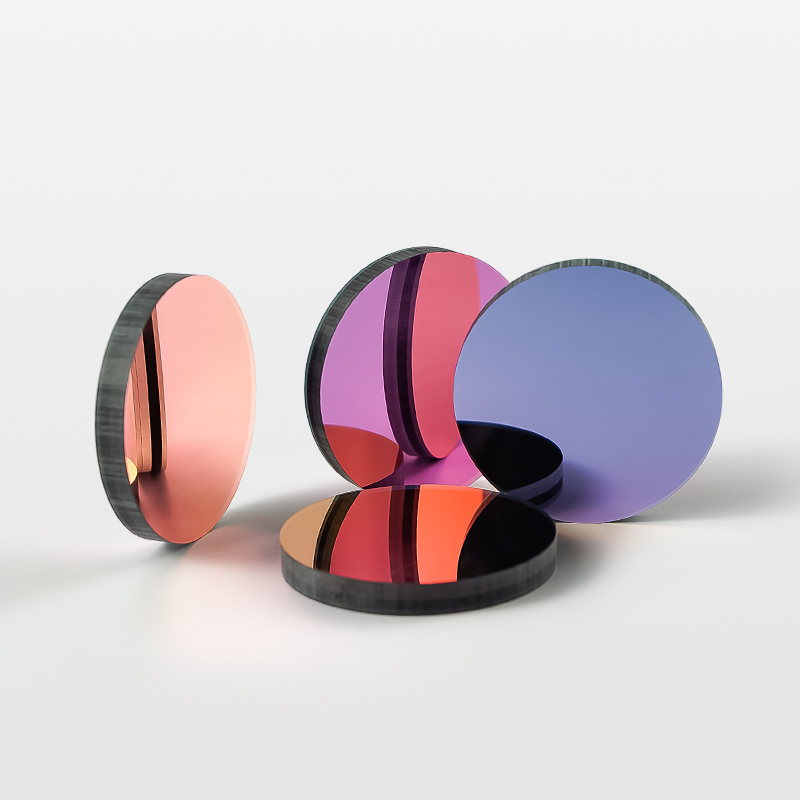
Action camera drone filters are essential for improving image and video quality by controlling exposure and reducing glare. The main function of an ND filter is to filter light and block the light transmission of the lens to prevent overexposure. If you can only have one filter, the neutral density filter must be the first choice. This filter does not change the quality and color of the light, it will not make the photo clearer, nor will it eliminate glare, nor does it have the legendary magical effects. The only function of the medium gray filter is to reduce the light entering the lens. Because less light enters the lens, we must slow down the shutter speed to achieve accurate exposure. When using the medium gray filter to take pictures, the drone must be hovering in the air, otherwise the pictures taken may be blurry.
Model: ND filter
Specifications: Customized
Material: Optical glass
Product attribute
Material: optical grade glass
ND attenuation range: OD0.1~OD5
Size: customized
Wavelength range: 400nm~700nm
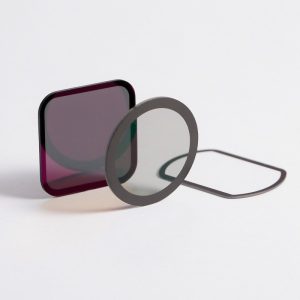


Content Introduction
The UV filter is a piece of transparent glass in front of the lens, which can block scratches and impacts and protect the lens; the ND filter is also called the neutral density filter, and its main function is to filter light, block light from passing through the lens, and prevent the image from being overexposed. The PL (polarization) filter is an optical filter used to reduce lens reflections and increase image contrast. It is especially suitable for outdoor shooting. It can effectively reduce reflections and glare, enhance color saturation, increase contrast, and control the direction of reflected light.
Transmittance wavelength characteristics (reference data)

Application fields of sports camera drone filters
Outdoor Adventure Filming
Purpose: Ideal for capturing landscapes, beaches, mountains, and high-speed sports.
Filter Types: ND (Neutral Density) filters control light exposure, while polarizing (PL) filters reduce glare from surfaces like water and snow for vivid, sharp images.
Aerial Cinematography
Purpose: For professional video production, filters provide balanced exposure and cinematic effects by allowing controlled motion blur and smoother footage.
Filter Types: ND filters are commonly used to match shutter speeds to frame rates, creating smooth, professional-grade video.
Real Estate and Landscape Photography
Purpose: Capturing detailed images of properties, landscapes, and terrain. Polarizing filters enhance colors and reduce reflections on water, roads, or glass, giving clearer, more appealing visuals.
Filter Types: ND and PL filters both help capture realistic scenes, highlighting specific features.
Environmental and Wildlife Documentation
Purpose: Documenting natural habitats and wildlife, especially in varying lighting conditions, without disturbing the environment.
Filter Types: UV filters protect the lens from dust and reduce haze, while ND filters allow natural colors and exposure without over-brightening.
Sports and Action Shots
Purpose: Essential for high-motion scenes like skiing, surfing, or mountain biking, where balanced exposure and minimized glare are key to
Filter Types: Graduated ND (Each filter type enhances footage by adapting to specific environmental challenges, making sports camera drone filters essential tools for creating high-quality visuals across different applications)





